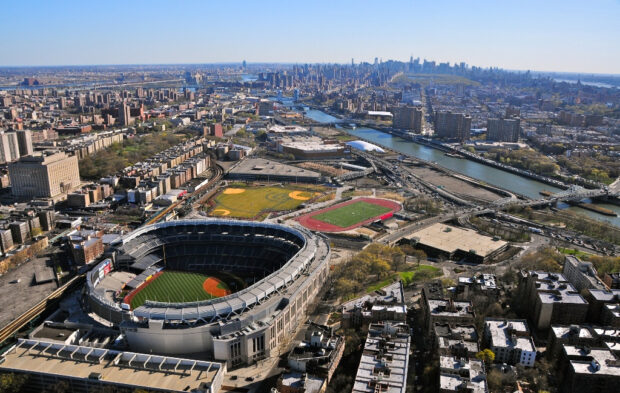
Every year in New York City the «Bronx Week» is celebrated. This is the only borough of the city that is located on the mainland. The Bronx Week tradition has been celebrated for over 40 years, with the city celebrating its parade, festivals, live music, and many other events.
The Bronx in New York became part of the city in 1874. The Bronx is twice the size of Manhattan, but its population is almost the same. The area is located in the northern part of the city, separated from Manhattan by the Harlem River. The district was named after Jonas Bronck, a Dutch captain from Sweden who ruled the first settlement in New Holland in 1639. In the 1970s, the Bronx was virtually uninhabited.
READ I Photographed The Exact Same Place During Different Times Of Year
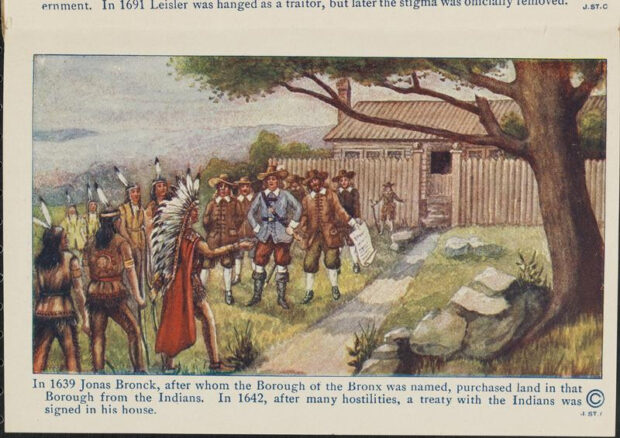
Further, it followed the same scenario as other areas of the then New Amsterdam: it acquired 500 acres of land between the Harlem River and the river, then known as the Bronx, from the Dutch West India Company. In 1664, Dutch rule ended, but the land became the current name.
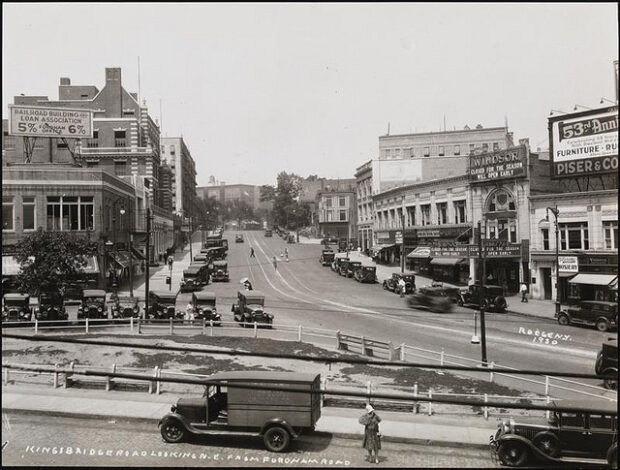
For generations, the Bronx was essentially a big village. It was mostly small farms that supplied the city’s markets. But at the end of the 19th century, everything changed – the railroad was here and in 1904 the subway.
READ Atlas Obscura: How to Immerse Yourself in the History of Your Homeland
The boom of the borough took place in 1900-1929. It then becomes a major industrial center. So, few people know that for many years, the Bronx has been a center of piano production. In 1919 there were 63 piano factories, employing about 5,000 workers. Over the years, the population grew sixfold, from 200,000 in 1900 to 1.3 million in 1930. The population grew sixfold.
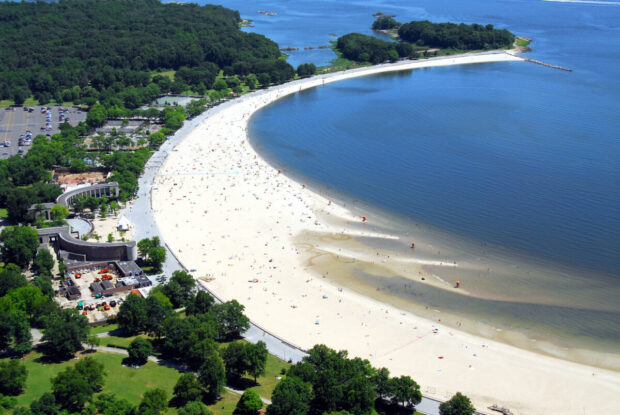
From the end of the 19th century until the 1930s, the Bronx is still a tourist attraction. The New York Botanical Gardens are located here (we wrote in detail here), where there are 1,500 species of flora from all over the world, and a zoo is being built, which is now burning 4,000 animals of 650 species, and Pelham is emerging from the Gulf of the OceanBay Park with a beach for a mile.
In the early 20th century, the Bronx was overrun by emigrants. The largest were the Irish, Italian, and Jewish communities. The latter accounted for almost 45% of the total population of the district – about 600,000 Jews lived there. In the time of «prohibition» gangsters and bootleggers were active in the Bronx. Most of the smuggled whiskey was transported by Irish, Italian, and Poles. Thus, by 1926, the Bronx was noted as a site of increased criminal activity, in particular, it had the largest number of underground bars in New York – speakeasies. After the 1930s.
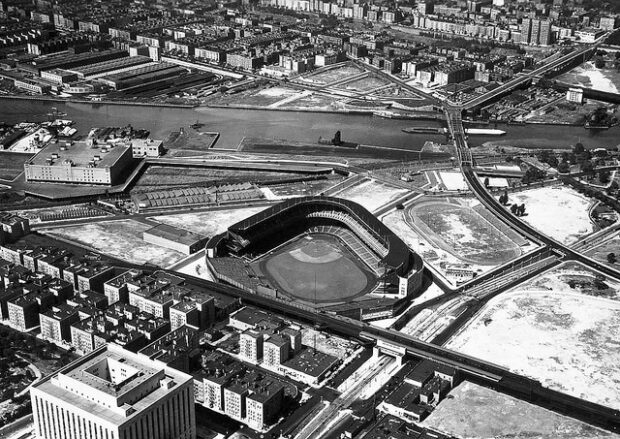
The number of Irish immigrants decreased and in the 1940s the Germans became predominant, in the 1950s the Italians were known and influenced, in the 1960s the Jews, and then in the 1930s the Germans grew old and many moved to Florida, Palm Beach, etc.
The migration began to increase in Latin American countries: Puerto Rico, Jamaica, and the Dominican Republic. At the moment, almost half the people of the Bronx speak Spanish.
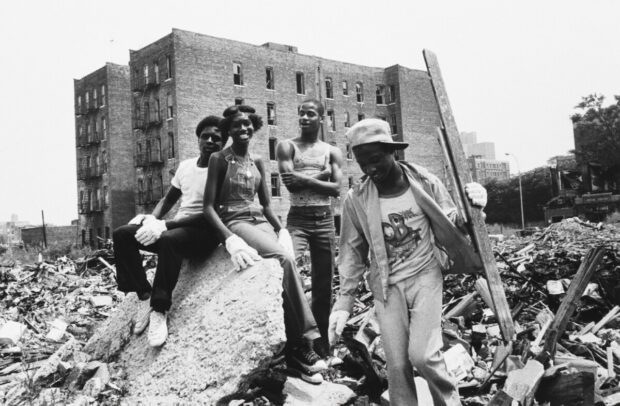
And then the darkest years of the Bronx. The main reason for the decline of the borough was drugs. First, there was marijuana and LSD in the ’60s and ’70s and then cocaine in the early ’80s, but it was expensive, and then it was replaced by artificial cheap crack, and that’s when it started… On it began «subprime» all over.
At the same time, the country was in economic crisis, the city was cutting back on social programs, the Bronx was in the grip of a criminal scheme to destroy houses – in depressed areas buildings were bought from previous owners for a cheap price, The remaining occupants survived by various methods, and empty houses were burned with the help of local gangs to obtain insurance.
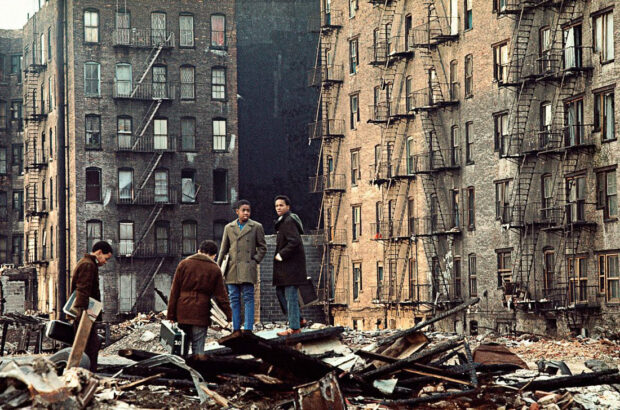
As a result, 97 percent of the South Bronx buildings were burned or abandoned. In the early 1980s, it was considered one of the most polluted areas in the country, with the South Bronx losing 60% of its population.
The authorities sounded the alarm and in the mid-1980s adopted a ten-year plan for the development and construction of low-cost social housing, called the «prajekts» in New York City. By the beginning of the new century, the district administration had invested about a billion dollars in new construction and in the overall structure of housing supply, and things began to move slowly. The Bronx began to acquire normal traits.
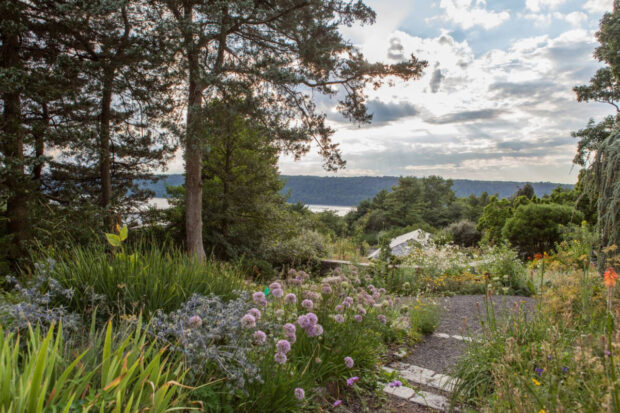
The people themselves are proud of their boroughs. Here you will be reminded that in these regions in 1933 Luis Eugene Walcott – the leader of «Nation of Islam» Luis Farrakhan was born.
READ I Photographed The Exact Same Place During Different Times Of Year
In 1940, Al Pacino was born in the South Bronx, and in 1942, Kelvin Klein was born into a family of Jewish immigrants from Hungary. At various times, Theodore Roosevelt, Mark Twain, and Arturo Toscanini lived in the luxurious Wayne Hill estate in Riverdale.
Like us on Facebook for more stories like this: